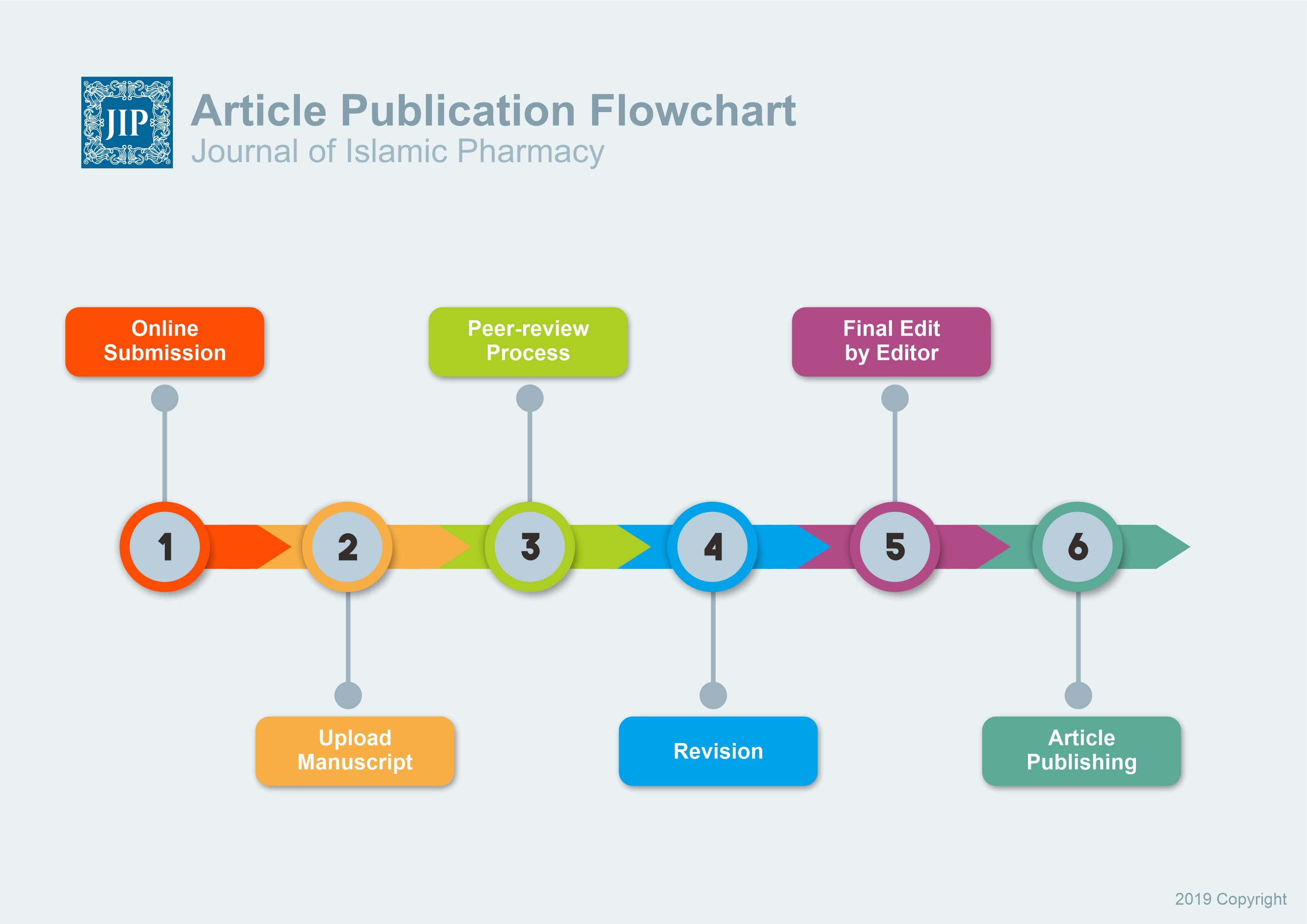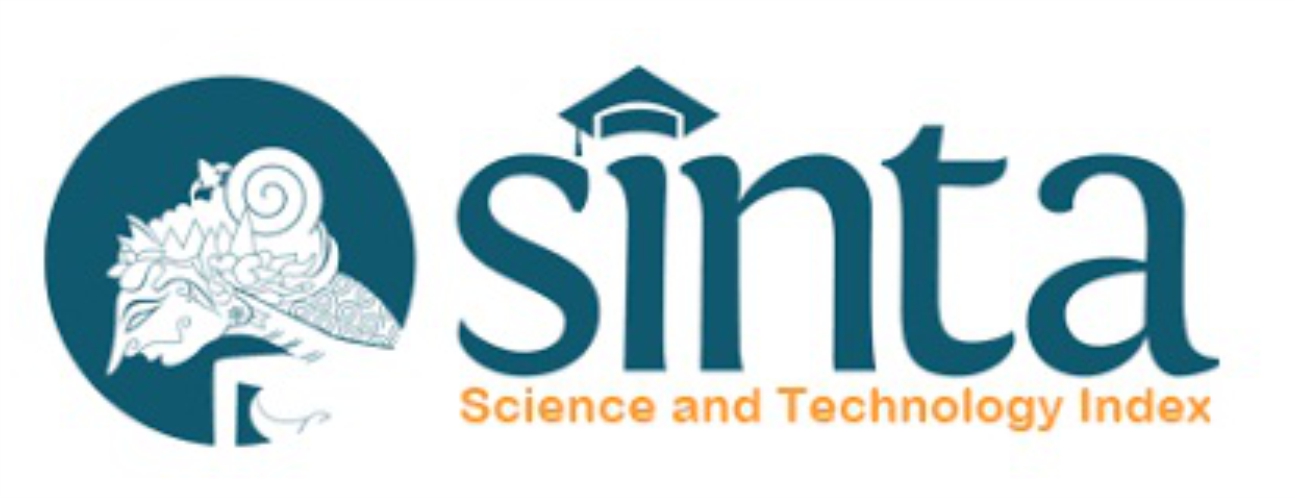Author Guidelines
Authors are requested to prepare their manuscripts as per the instructions/ specifications given below. Please read these instructions carefully before submit your manuscript.

ONLINE SUBMISSION
Author should first register as Author (note: through registration page). You should fulfil the form as detail as possible, where the star marked form must be entered. (Note: please give attention to check “as author” in beginning). Once you start to register, you will have guided into five steps of registration:
Step 1 - Starting the Submission
Select the appropriate section of journal, i.e. Original Research Articles, Review Article, or Short Communication. Thus, author must check-mark on the submission checklists.
Step 2 – Uploading the Submission
To upload a paper to this journal, click “Browse” to find the document file (.doc/.docx) on your directory, then click "Upload" until the file has been uploaded. Articles that are uploaded must fit the template.
Step 3 – Entering Submission’s Metadata
In this step, you have to fulfill all of metadata required (star marked) for your journal submission, including name of authors, email addresses, paper title, abstract, and references of manuscript.
Step 4 – Uploading Supplementary Files
Supplementary files that should be uploaded such as copyright transfer and author statement letter form. Ethical clearance or informent concent also must be included in research involving humans or experimental animals.
Step 5 – Confirming the Submission
Author should final check the uploaded manuscript documents in this step, then click “Finish Submission”. The corresponding author or the principal contact will receive an acknowledgement by email and will be able to view the submission’s progress through the editorial process by logging in to the journal web address site.
MANUSCRIPT PREPARATION
Manuscripts should be prepared as word documents in Times New Roman (font size 12pt) on A4 sized paper (8.5” x 11”) with a 2.5 cm margins on all sides. The manuscript should be 1.5-line spaced.
ARTICLE STRUCTURE
Title
Title should be capitalized each words except scientific name.
Abstract
The abstract should not more than 250 words and should provide brief details about objectives of study, materials and methods, results and conclusions. The abstract should not be structured; it should be a single paragraph without subheadings.
Abstract must be followed by four-six keywords. Keywords should be unique and popular.
Introduction
This should be brief and indicates the aim of the study and the essential background information based on literature study and primary research (if any). The introduction should clearly state the hypothesis or purpose statement, how and why the purpose or hypothesis was developed and why the author deems it important.
Materials and Methods
It should contain information about the materials and the methods adopted to carry out the research work. Chemical compounds should be named according to IUPAC or Chemical Abstracts followed by trademark. The use of subheadings to divide the text is encouraged. Subheadings should be in Bold sentence case. Third level subheadings should be in Italicized Sentence Case. In the case of animal/human experiments or clinical trials, authors must give the details of ethical approval.
The units and dimensions should be expressed according to the metric system and International System of Units (SI).
Results
Data acquired from the research with the appropriate statistical analysis described in the methods section should be included in this section. In this part, the same data/ information given in a table must not be repeated in a figure or vice versa. Tables and Figures should be self-explanatory and it is not acceptable to repeat extensively the numerals from tables into text and give lengthy and unnecessary explanations of the Tables and Figures.
Discussion
The discussion should relate the results to the current understanding of the scientific problems being investigated in the field.
Conclusions
It should contain the answers of research objectives written in paragraph.
Acknowledgements (if any)
It should contain the information regarding any research grant support or the assistance of colleagues
References
References should be cited in the text represented by large brackets e.g. [3]. Reference should be arranged in numerical order. The reference format should be in the following manner:
Journal
Raras TYM, Firdausy AF, Kinanti IR, Noorhamdani. Anti-Biofilm Activity of Lactic Acid Bacteria Isolated from Kefir Against Multidrug-Resistant Klebsiella pneumonia. J Pure Appl Microbiol. 2019;13(2): 983-992.
Reference to a book
Pavia LD, Lampman GM. 2001. Introduction to Spectroscopy, 3rd Edition. USA: Thomson Learning Inc.
Chapter in edited book
Chandrasekaran SK, Benson H, Urquhart J. 1978. Methods to achieve controlled drug delivery: The biomedical engineering approach. In: Sustained and Controlled Release Drug Delivery Systems. New York: Marcel Dekker 557-93
Conference proceeding
Kaczanowski A, Malarz K. 2003. International Conference of Computational Methods in Science and Engineering. Germany: Berlin
Thesis
Agutter A. 2010. Animal models of hypertension and effect of drugs [PhD Thesis]. Edinburgh: Edinburgh University
Electronic resources
Pullen LC. 2017. Antibiotic Resistance Continues to be a Problem in Children [ONLINE]. Available from: https://www.medscape.com/viewarticle/860801 [cited 29 December 2017].
TABLES AND FIGURES
All tables and figures should be placed appropriately in the text.
Tables
Table’s title followed by its information were placed on top of the table and adjusted to 10 font size. Titles should identify the table as briefly as possible. Only horizontal lines are allowed; no vertical lines, boxes, or other lines may be used unless they indicate the structure of the data.
Figures
To ensure the highest print quality, your figures must be submitted in TIF/JPG/JPEG format with minimum 300 dpi or higher resolutions. Captions/legends will be placed below figures and adjusted to 10 font size.














